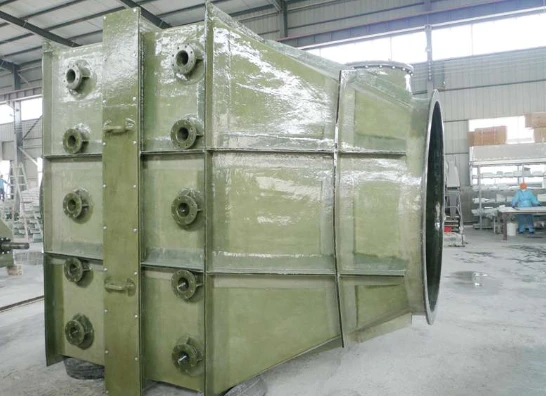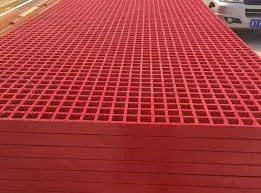
-
 Afrikaans
Afrikaans -
 Albanian
Albanian -
 Amharic
Amharic -
 Arabic
Arabic -
 Armenian
Armenian -
 Azerbaijani
Azerbaijani -
 Basque
Basque -
 Belarusian
Belarusian -
 Bengali
Bengali -
 Bosnian
Bosnian -
 Bulgarian
Bulgarian -
 Catalan
Catalan -
 Cebuano
Cebuano -
 China
China -
 China (Taiwan)
China (Taiwan) -
 Corsican
Corsican -
 Croatian
Croatian -
 Czech
Czech -
 Danish
Danish -
 Dutch
Dutch -
 English
English -
 Esperanto
Esperanto -
 Estonian
Estonian -
 Finnish
Finnish -
 French
French -
 Frisian
Frisian -
 Galician
Galician -
 Georgian
Georgian -
 German
German -
 Greek
Greek -
 Gujarati
Gujarati -
 Haitian Creole
Haitian Creole -
 hausa
hausa -
 hawaiian
hawaiian -
 Hebrew
Hebrew -
 Hindi
Hindi -
 Miao
Miao -
 Hungarian
Hungarian -
 Icelandic
Icelandic -
 igbo
igbo -
 Indonesian
Indonesian -
 irish
irish -
 Italian
Italian -
 Japanese
Japanese -
 Javanese
Javanese -
 Kannada
Kannada -
 kazakh
kazakh -
 Khmer
Khmer -
 Rwandese
Rwandese -
 Korean
Korean -
 Kurdish
Kurdish -
 Kyrgyz
Kyrgyz -
 Lao
Lao -
 Latin
Latin -
 Latvian
Latvian -
 Lithuanian
Lithuanian -
 Luxembourgish
Luxembourgish -
 Macedonian
Macedonian -
 Malgashi
Malgashi -
 Malay
Malay -
 Malayalam
Malayalam -
 Maltese
Maltese -
 Maori
Maori -
 Marathi
Marathi -
 Mongolian
Mongolian -
 Myanmar
Myanmar -
 Nepali
Nepali -
 Norwegian
Norwegian -
 Norwegian
Norwegian -
 Occitan
Occitan -
 Pashto
Pashto -
 Persian
Persian -
 Polish
Polish -
 Portuguese
Portuguese -
 Punjabi
Punjabi -
 Romanian
Romanian -
 Russian
Russian -
 Samoan
Samoan -
 Scottish Gaelic
Scottish Gaelic -
 Serbian
Serbian -
 Sesotho
Sesotho -
 Shona
Shona -
 Sindhi
Sindhi -
 Sinhala
Sinhala -
 Slovak
Slovak -
 Slovenian
Slovenian -
 Somali
Somali -
 Spanish
Spanish -
 Sundanese
Sundanese -
 Swahili
Swahili -
 Swedish
Swedish -
 Tagalog
Tagalog -
 Tajik
Tajik -
 Tamil
Tamil -
 Tatar
Tatar -
 Telugu
Telugu -
 Thai
Thai -
 Turkish
Turkish -
 Turkmen
Turkmen -
 Ukrainian
Ukrainian -
 Urdu
Urdu -
 Uighur
Uighur -
 Uzbek
Uzbek -
 Vietnamese
Vietnamese -
 Welsh
Welsh -
 Bantu
Bantu -
 Yiddish
Yiddish -
 Yoruba
Yoruba -
 Zulu
Zulu
Feb . 15, 2025 07:05
Back to list
Piping System
The modern architectural landscape is continuously evolving, integrating innovative materials that offer both functionality and aesthetic appeal. Among these, GRP (Glass Reinforced Plastic) handrails have emerged as a revolutionary product that promises to redefine safety standards across various settings. Tales of satisfied consumers attest to the unparalleled advantages of GRP handrails, making them a noteworthy consideration for engineers, architects, and property developers.
Furthermore, the authoritative nature of GRP handrails is evident through their compliance with global safety standards. Renowned safety and construction authorities endorse these handrails, appreciating their non-conductive, non-magnetic, and fire-retardant characteristics. A health and safety inspector recounted an audit where GRP handrails had met and exceeded international safety benchmarks, drastically reducing accident-prone scenarios in public spaces. Such endorsements underscore the indispensability of GRP handrails in modern infrastructure. Trustworthiness remains a pivotal attribute of GRP handrails, stemming from their proven track record across various applications. Schools, hospitals, and industrial facilities consistently choose GRP handrails for corridors and walkways, owing to their slip-resistant surface that secures steady footing. Testimonials from administrators and facility managers highlight the peace of mind achieved through installing GRP systems—no more recurrent checks for rust or structural integrity compromises typical of traditional handrails. The customizable design options further enhance their appeal, allowing seamless integration into diverse architectural styles, thus maintaining aesthetic harmony without compromising on function. In a landscape where safety cannot be compromised, and aesthetics cannot be ignored, GRP handrails emerge as a product ideally suited to meet these dual demands. Their rise in popularity is not a mere trend but rather a testament to their unrivaled benefits and protective assurance. As more developers pivot toward sustainable, cost-effective solutions, GRP handrails stand out as a paragon of modern engineering destined to make lasting impacts on safety and design practices globally.


Furthermore, the authoritative nature of GRP handrails is evident through their compliance with global safety standards. Renowned safety and construction authorities endorse these handrails, appreciating their non-conductive, non-magnetic, and fire-retardant characteristics. A health and safety inspector recounted an audit where GRP handrails had met and exceeded international safety benchmarks, drastically reducing accident-prone scenarios in public spaces. Such endorsements underscore the indispensability of GRP handrails in modern infrastructure. Trustworthiness remains a pivotal attribute of GRP handrails, stemming from their proven track record across various applications. Schools, hospitals, and industrial facilities consistently choose GRP handrails for corridors and walkways, owing to their slip-resistant surface that secures steady footing. Testimonials from administrators and facility managers highlight the peace of mind achieved through installing GRP systems—no more recurrent checks for rust or structural integrity compromises typical of traditional handrails. The customizable design options further enhance their appeal, allowing seamless integration into diverse architectural styles, thus maintaining aesthetic harmony without compromising on function. In a landscape where safety cannot be compromised, and aesthetics cannot be ignored, GRP handrails emerge as a product ideally suited to meet these dual demands. Their rise in popularity is not a mere trend but rather a testament to their unrivaled benefits and protective assurance. As more developers pivot toward sustainable, cost-effective solutions, GRP handrails stand out as a paragon of modern engineering destined to make lasting impacts on safety and design practices globally.
Next:
Related Products









